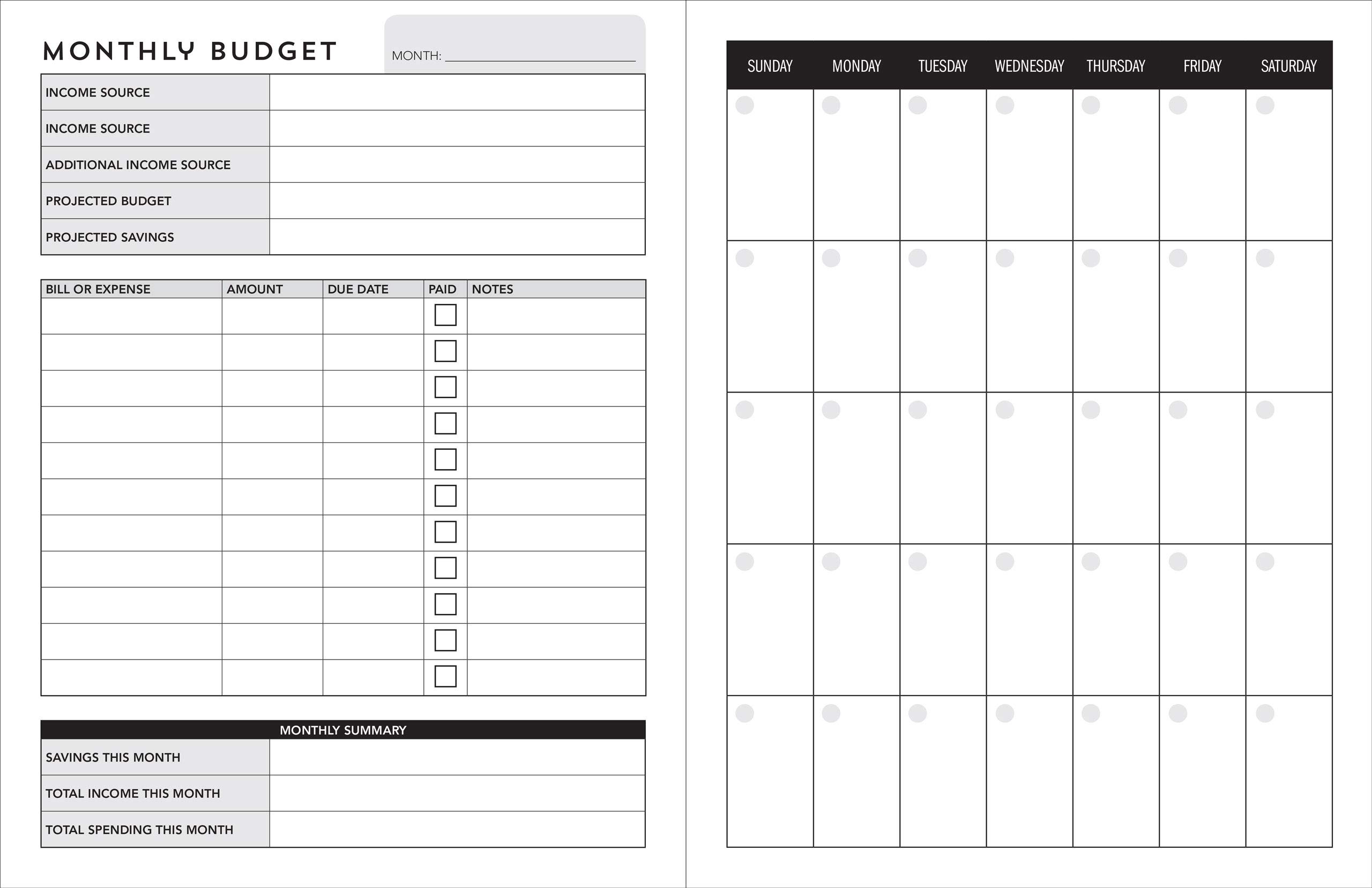
The New York Times is one example of a company that uses contextual ads to promote products or services. While its readers are browsing its section on books, the paper places an advertisement for publishing services on their site. While it's difficult to know if this practice is a good idea, it has been shown to increase brand recognition and sales. Many marketers are hesitant to use this practice because of privacy concerns. Here's a sample ad placement to illustrate the problems with this method.
Contextual advertising allows advertisers to target content ads based on demographics, and other factors. For example, a beauty site might place an ad about anti-wrinkle products and wrinkle creams. But women under 40 years of age are less likely to make purchases. Demographic targeting allows advertisers to choose keywords that relate to specific topics and broad categories in order to reach specific audiences. Contextual ads are also available to optimize content for different devices.

Publishers must make sure that their content is useful and relevant for users in order to maximize contextual advertising. The content should contain relevant content and be keyword optimized. Relevant products and/or services should be included in the post-click landing page. For this purpose, Instapage is a great tool. You can also partner with AdTech development companies to create a custom solution. This option gives publishers more control over how ads are displayed.
These methods can be very effective, but they come with certain risks. Websites that aren't regulated can still be vulnerable to data leakage. Some countries have passed legislation restricting the use data by advertisers. Contextual advertising can offer many benefits, even though GDPR is the most difficult hurdle to overcome. A website might display a Smart Home Alarm system advertisement to readers browsing the Security section. The ad would be displayed in the Security section.
Advertisers can target ads on websites that are relevant to their users' interests, in addition to targeting users according to context. A KitchenAid Mixer advert would appear alongside a makeup article. This will increase the interest of the audience in the kitchen, and they will click more often on the advertisement. Contextual ads allow marketers to create more targeted and better-targeted ads. While it's not perfect it's a promising approach with great potential for success.

Contextual advertising, in addition to behavioral targeting, allows advertisers to target consumers based upon their interests. Unlike behavioural targeting, contextual advertising allows smaller brands and startups to target audiences more effectively. It is proven to be highly effective in reaching consumers with messages and products. Contextual advertising is a great way to promote products and services. Contextual advertising is more affordable than other forms of advertising.
FAQ
How much does it cost for social media advertising?
If you decide to go this route, you should know that social media advertising is not free. You will be charged monthly based on how much time you spend on each platform.
Facebook - $0.10 Per 1,000 Impressions
Twitter - $0.20 Per 1,000 Impressions (if you tweet).
Linkedin - $0.30 per 1,000 impressions if you send out invitations
Instagram - $0.50/1000 impressions
Snapchat - $0.60 per 1,000 impressions ($0.40 per user)
YouTube - $0.25 Per 1,000 Views
Tumblr: $0.15 per 1,000 impressions of text posts
Pinterest - $0.05 per 1,000 impressions per month
Google + $0.15-$0.20 for 1,000,000 impressions
Tumblr – $0.15 - $0.20 per 100,000 impressions
Vimeo - $0.20-$0.25 per 10,000 impressions
Soundcloud: $0.20-$0.25 Per 1 Million Plays
StumbleUpon - $0.20 -$0.25 per 1 billion pageviews
Digg - $0.20- $0.25 for 1000 diggs
Reddit $0.20-$0.25/1000 comments
Wordpress - $0.20--$0.25 per 500 comments
Flickr - $0.20 -- $0.25 per 5,000 photo uploads
What is affiliate Marketing?
Affiliate marketing is an online model that allows you to earn commissions for referring customers to other websites. The product owner pays you when someone buys from you.
Affiliate marketing relies on referrals. Referring people to your website is all that's required. Simply refer people to the website.
Making money doesn't require any hard selling. It's as simple to sell as to buy.
It takes just minutes to set up an account as an affiliate.
You will get more commission if you refer more people.
There are two types.
-
Affiliates who own their websites
-
Affiliates who work for companies that offer products and services.
Is there a way for me to get free traffic?
Free traffic refers to traffic which comes directly from organic search results. This is also known as organic or natural traffic. There are many ways you can get free traffic.
Article Marketing is one of the most popular methods of getting free traffic because articles have an extremely low cost per click (CPC). Paying ads can be more costly than CPC. Article marketing can also be referred to content marketing.
Social Media Marketing - Social media sites like Facebook, Twitter, and LinkedIn allow you to promote your business through advertising. These sites allow you to update, share photos, and develop relationships with people who could become customers. Many businesses decide to purchase advertising space on social media sites to reach a wider audience and at a much lower cost.
Blogging - Blogging is another great way to generate free traffic. If you create quality content that people love to read, visitors will find you. You can sell products and services once you have attracted visitors to your blog.
Email Marketing: Email marketing is a proven method to increase traffic to your website. Regular email marketing is a great strategy to increase your subscribers and ultimately sell something.
Why should you use social media to promote your business?
Social Media Marketing allows you to reach customers right where they are, via social networks like Facebook, Twitter, LinkedIn and YouTube. You can also target specific groups within these networks using keywords.
This advertising strategy is cost-effective as it costs less than traditional methods to market online. It allows you build strong relationships between your potential and existing clients.
It is easy to use social media to promote your company. All you need is a computer or smartphone and access to the Internet.
How can I select my target audience?
Start with yourself and those closest to your heart. If you don’t know where or how to start, ask yourself "Whom are I trying to reach?"
Ask yourself the following questions: Who are my industry's most influential people? What problems do they have to deal with every day? Which are the smartest people working in my field? They hang out online.
Go back to the beginning when you started your business. Why did you begin? How did you solve the problem?
These answers will allow you to determine who your ideal customers are. This will allow you to learn more about your ideal customers and their motivations for buying from you.
For clues on who your competitors cater to, check out their websites and social media pages.
Once you have identified your target customer, you need to decide the best channel to reach them. An example: If you provide services to realty agents, you may create an informational website for home buyers.
A blog that targets small-business owners could be a possibility if you are a software provider.
A Facebook page for teens could be set up if you are a clothing seller. A Twitter account could be set up by restaurant owners to allow parents to search for places that are kid-friendly.
It is important to remember that there are many methods of getting your message across.
What do you need to know about television advertising?
Television advertising has the potential to reach large audiences at once. It was also extremely expensive. However, if you use it well, it can be incredibly powerful.
Although there are many types of TV ads available, they all share certain characteristics. Planning any TV ad should start with ensuring it fits in its category. Do not attempt to run a lifestyle advertisement as a product advert. Your message should remain consistent throughout the campaign.
It is important to remember that ads are best aired during prime-time. This is because many viewers are able to relax in front of the TV while watching. They should be able to concentrate on what you are saying.
You don't have to be rich to achieve great results. Actually, it could be the contrary. According to University of California research, commercials airing during popular shows are less likely to be seen and sell more products than those which air during unpopular shows. If you spend a lot of money advertising on TV, make sure it's done right.
What is an advert buyer?
An advertiser purchases advertising space on TV, radio or print media.
An advertiser pays for the time they want their message to appear.
They don't necessarily look for the best advertisement, but instead seek out the most effective way to reach their target market.
The advertiser may have specific demographic information about their potential customers, such as age, gender, income level, marital status, occupation, hobbies, interests, etc.
This data can be used by the advertiser to decide which media is most effective for them. An example is direct mail that appeals to older people.
Advertisers also take into account the competition. Advertisers will look at the competition to see if similar businesses are nearby.
Advertisers should also consider how much money they have available and how long it takes to use it.
Statistics
- Google will display whichever ad type (CPM or CPC) is expected to earn more revenue for the publisher, which is in Google's best interest since they take a 32% share of the revenue. (quicksprout.com)
- Advertising's projected distribution for 2017 was 40.4% on TV, 33.3% on digital, 9% on newspapers, 6.9% on magazines, 5.8% outdoor, and 4.3% on radio. (en.wikipedia.org)
- It collects money from the advertisers, keeps 32% for its role in facilitating the process, and the remaining 68% goes to the publisher (you). (quicksprout.com)
- Advertising spending as a share of GDP was about 2.9 percent. (en.wikipedia.org)
External Links
How To
How to Make Sponsored Ads On Facebook
Facebook has become one of the most popular social networking platforms. It has been estimated that there are 1.79 billion active monthly users worldwide. This number continues to grow every day.
Facebook is completely free. However, you will need to pay to reach your target audience. You can also use paid advertising options, such as promoted posts or banners.
Login to an app you already have registered. If not, click "Create New App". Next, follow these steps.
-
Click "Add Platform," under the Apps Section.
-
Click on "Advertising" and then click Continue.
-
Complete the form, and then submit it.
-
After approval, you will be issued a Client ID as well as a Secret Key. You will need to copy them.
-
Copy the keys and paste them into the fields.
-
Enter the name of your campaign, and then select the currency.
-
Click on "Start Campaign"
-
Follow the instructions until the first banner appears. Copy the URL, then go back to your Facebook profile.
-
Paste the code into the box provided by Facebook.
-
Click "Save Changes".
-
Your ad should now be live!
-
You can repeat steps 10 through 12 for every additional banner you create.
-
Once you are done, click "Continue", and continue with the process.
-
Create your final ad group.
-
Once complete, click "View All Ads" to see all of your campaigns.
-
Click the "Remove Advertisements" button next to any ad.
-
If your campaign is not producing results, make sure you have followed the instructions.
-
Be sure to verify the date range of your campaigns.
-
You should set your budget in a sensible way.
-
You can save your changes.
-
Before clicking "Submit", review the settings of your campaign.
-
Wait for your ads to appear on your timeline.
-
Congratulations for a job done well!
-
Let's now examine some tips to help improve your results.